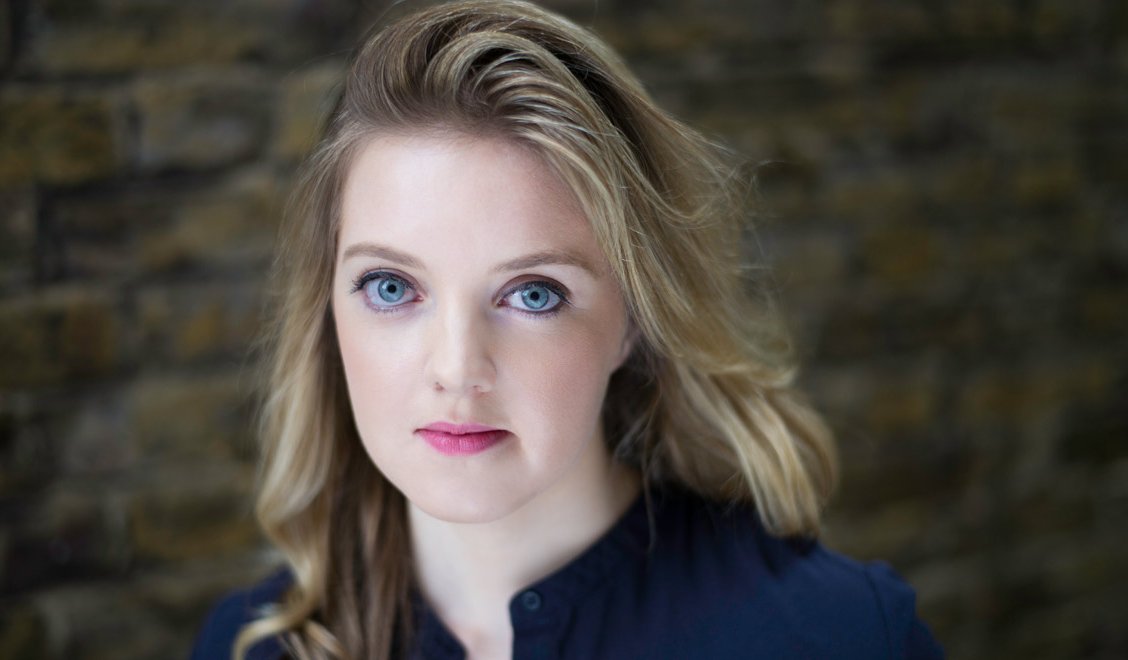


Program
CHANGE! Due to the ilness of Rachel Podger, the artistic director and violin soloist of the concert is Sergey Malov.
Francesco Scarlatti – Charles Avison:
Concerto in F major, S. 1187, No. 3
Johann Adolph Hasse:
“Se mai turbo il tuo riposo” (“If I disturbed thy rest”) – aria from Cleofide
Georg Philipp Telemann (→ bio):
Concerto for Recorder and Bassoon in F major, TWV 52:F1
Johann Georg Pisendel:
Violin Concerto in G minor, JunP I.1
INTERVAL
Johann Adolph Hasse:
Sinfonia in G minor, Op. 5, No. 6
George Frideric Handel (→ bio):
Il delirio amoroso (The Delirium of Love) – cantata, HWV 99
Featuring
Other information
The event is about 2.5 hours long.
About the event
Baroque curiosities, composers to be discovered, great heroes, pithy movements, arias, concertos and, of course, Baroque gestures – half a dozen musical rarities will be performed at the BFO’s pre-Christmas concert of early music. The ensemble and the violin concerto will be led by the versatile virtuoso Sergey Malov. Opera and cantata parts will be performed by Rowan Pierce. The BBC Music Magazine reviewer described the young soprano’s voice as clear, strong, supple, sparkling and warm. Sigrid T’Hooft, one of the most renowned experts on baroque movements, is once again responsible for this unmissable spectacle. The program includes a forgotten member of the Scarlatti family, the opera composer Hasse, the prolific Telemann, the violin virtuoso Pisendel, and Handel, who was already world famous during his lifetime.
The six concertos attributed to Alessandro Scarlatti, published in 1740, were in fact orchestrated by Charles Avison. Four of the sonatas on which the pieces are based were composed by Alessandro, two of them – including the F major – by his lesser-known brother Francesco. The work runs the emotional gamut from solemnity to mourning to playfulness in one to two-minute movements.
In 1731, Hasse, who wrote fifty-six operas, wrote the story of Alexander the Great’s battle with the Indian king Porus. The title character of this grandiose three-act opera, Cleophis, is the heroine of a fictional love story, played in the premiere by Hasse’s wife. Her aria (“If I disturbed thy peace”) is about reassuring Porus, the jealous husband.
Telemann was a great recorder player, so his works for the instrument are particularly personal. The four-movement Concerto in F major with bassoon solo is very expressive music. After a loving opening movement, there is a brilliantly fast and dramatic slow, virtuoso final movement, with soloists having equal status throughout.
Johann Georg Pisendel studied with Vivaldi and was a friend of Telemann He played in Hasse’s Dresden orchestra, and became a leading violinist of the age. He composed in Dresden for nearly thirty years, yet his works are little known today. The Violin Concerto in G minor opens with an elegant but poignant slow overture, followed by scenes of playful and deliberate courtly dancing, and then a virtuoso-ornamented finale.
The three-movement finale of Hasse’s series of six orchestral works is no more than nine minutes long, yet much is fit in it! Lively and surprisingly friendly storm music in the opening movement, perfect walking music (andante sempre) in the richly ornamented slow movement, and exciting contrasts in the perpetuum mobile-like finale, which ends with an impressive unison.
When opera was banned in Rome, Handel wrote secular cantatas. Also known by its opening words as “Da quel giorno fatale” (“Since that fateful day”), The Delirium of Love tells the story of unrequited love, a reference to the Orpheus legend. This time, the girl goes after the man she loves in the underworld but is rejected there too. In addition to the beautiful vocal solo, Handel composed outstanding oboe, violin, cello, and recorder solos for the piece.
Did you know? Scarlatti’s work was composed in 1725 or earlier; Hasse’s opera premiered in Dresden on September 13, 1731; Telemann composed his concerto sometime between 1716 and 1725; Pisendel’s violin concerto was composed sometime between 1720 and 1745; Hasse’s symphony appeared in print around 1740; Handel composed his cantata in 1707; the BFO most recently performed Il delirio amoroso on September 22, 2012 (conductor: Jonathan Cohen); this will be the BFO’s first performance of the other pieces.
Contemporary events: the Italian historian Giambattista Vico published his seminal work of historical philosophy, entitled the New Science, in 1725 / Catherine I came to power in Russia on February 8, 1725 following the death of her husband, Peter I (Peter the Great) / the French Antoine Prévost (Abbé Prévost) published his novel, entitled The Story of the Chevalier des Grieux and Manon Lescaut, in 1731 / Johann Sebastian Bach composed his Christmas Oratorio in 1734 / the Italian painter Canaletto (Giovanni Antonio Canal) painted his painting Venice: Santa Maria della Salute in 1740 / Maria Theresa acceded to the throne on October 20, 1740 as Archduchess of Austria, Queen of Hungary and Croatia, serving later, between 1745 and 1765 through her marriage with Francis I, as Holy Roman Empress / construction of the Kollegienkirche in Salzburg is completed in 1707, designed by Johann Bernhard Fischer von Erlach / the Parliament of Ónod on June 13, 1707 declared the deposition of Emperor Joseph I